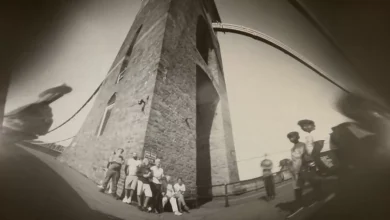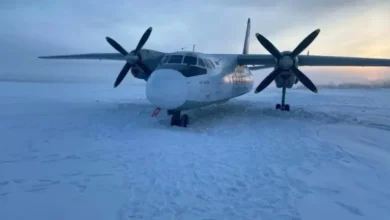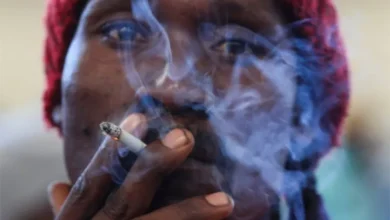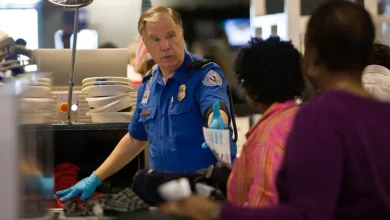Floods and landslides in Nepal leaves 193 dead and many injured
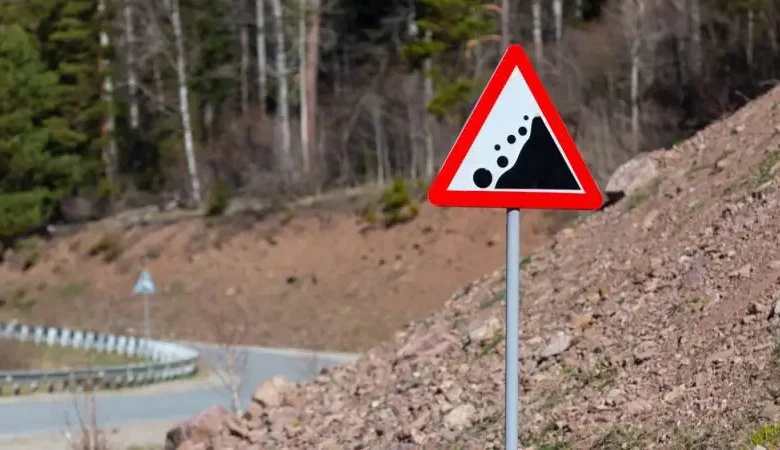
Nepalese authorities said Monday that at least 193 people have been killed and more than 100 injured after the Himalayan nation was hit by major floods and landslides over the weekend.
More than 3,700 had been rescued but 31 remain unaccounted for after two days of record rainfall which left the valley around the capital, Kathmandu underwater, Nepal Police said in an update on X.
One of the worst hit areas was Jhyaplekhola in Dhading Province, 50 miles northwest of Kathmandu where 35 people were killed in a mudslide that engulfed at least four vehicles on the Prithvi Highway to the capital, including 10th graders on a bus taking them to a national astronomy competition and a newlywed couple.
Armed Police Force posted photos on social media of long lines of people as officers worked by hand to open a road beside the Jhaple River on the border of Chandragiri Municipality and Dhading.
At least 52 people were killed in and around Kathmandu, where more than a foot of rain fell and survivors spoke of leaping from rooftop to rooftop as they fled the rising waters, 102 in Bagmati Province, five in Madhesh Province and 16 in Koshi Province in the southeast.
A landslide at an All Nepal Football Association facility killed six soccer players in Makwanpur 50 miles southwest of Kathmandu, the BBC reported.
More than a dozen major bridges on key routes were damaged, landslides blocked most of the main highways linking Kathmandu to the other parts of the country and thousands of homes were destroyed or damaged amid a major rescue and relief operation by 10,000 Nepal Police, Armed Police Force and the Nepali Army.
Helicopters were being used to evacuate people from the worst affected areas.
The Ministry of Home Affairs announced a major disaster response including stepping up rescue efforts, a concerted aid distribution effort and help for people missing including emergency payouts equivalent to those provided to the families of the deceased for families whose relatives are still unaccounted for after 10 days.
It also promised temporary housing grants within seven days for families whose homes were buried or swept away in the flood waters.
The office of Prime Minister KP Sharma Oli urged people to only travel if it was absolutely necessary.
“An appeal has been made not to travel on damaged and risky routes except for essential ones. Do not travel on alerted routes at night,” read a post on X from the Oli administration which also announced a multi-agency emergency effort to bring relief and assistance to tourists and travelers stranded in various parts of the country.
Government spokesman Prithvi Subba Gurung told the state-run Nepal Television Corporation the water mains and telephone and power lines had been damaged.
Air travel was also affected but while international flights have resumed many domestic services remain canceled.
Criticism is mounting over the government’s slow and inadequate response to warnings from its own Hydrology and Meteorology Department which said it gave relevant government agencies plenty of notice to take preventative steps such as evacuating people living alongside rivers and halting bus services between cities.
“We warned the public and agencies concerned about the looming risks and provided timely updates on changing weather systems,” said Hydrology and Meteorology Department spokesman Bibhuti Pokharel.
“It seems that our message did not reach the target audience.”
The department also said it had been warning of changes in the long-term weather pattern and the risk of disasters that this posed amid a rise in extreme weather events and climate change in which Nepal was warming faster than the global average.
Metrologists also noted the normal 105-day Monsoon rainy season had extended over the past decade so that it now continued into October when previously it ended in September.




